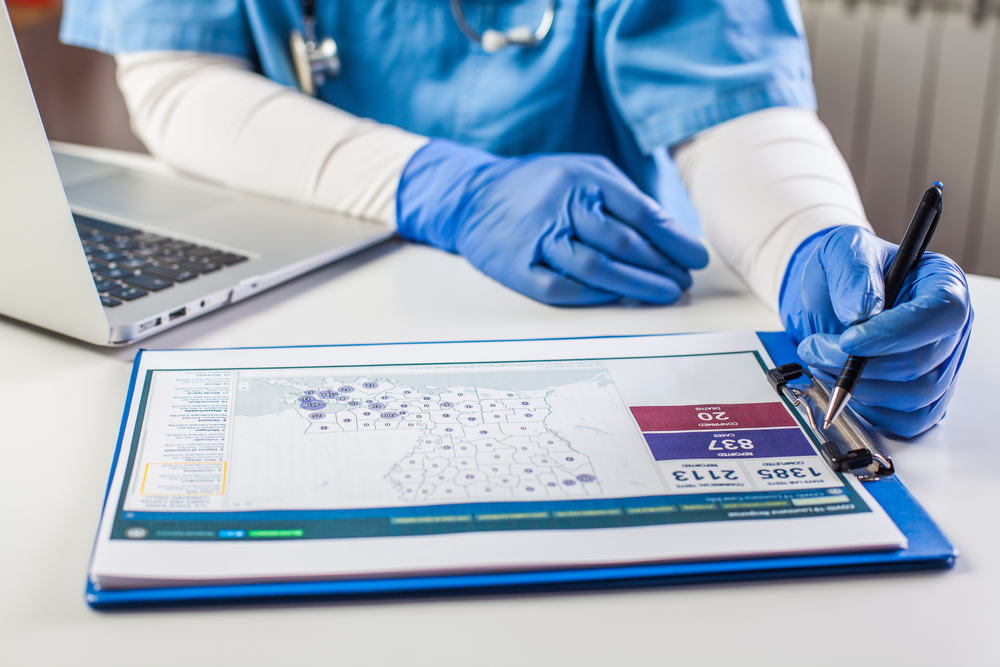Machine Learning to Predict the Likelihood of Acute Myocardial Infarction
10 September 2019
This paper won HDR UK Open Access Publication of the Month – click here to read why.
Martin P. Than et al (please see full text for the many authors of this paper)
Circulation (2019), 140(11): 899–909
Technical Abstract
BACKGROUND:
Variations in cardiac troponin concentrations by age, sex and time between samples in patients with suspected myocardial infarction are not currently accounted for in diagnostic approaches. We aimed to combine these variables through machine learning to improve the assessment of risk for individual patients.
METHODS:
A machine learning algorithm (myocardial-ischemic-injury-index [MI3]) incorporating age, sex, and paired high-sensitivity cardiac troponin I concentrations, was trained on 3,013 patients and tested on 7,998 patients with suspected myocardial infarction. MI3 uses gradient boosting to compute a value (0-100) reflecting an individual’s likelihood of a diagnosis of type 1 myocardial infarction and estimates the sensitivity, negative predictive value (NPV), specificity and positive predictive value (PPV) for that individual. Assessment was by calibration and area under the receiver-operating-characteristic curve (AUC). Secondary analysis evaluated example MI3 thresholds from the training set that identified patients as low-risk (99% sensitivity) and high-risk (75% PPV), and performance at these thresholds was compared in the test set to the 99th percentile and European Society of Cardiology (ESC) rule-out pathways.
RESULTS:
Myocardial infarction occurred in 404 (13.4%) patients in the training set and 849 (10.6%) patients in the test set. MI3 was well calibrated with a very high AUC of 0.963 [0.956-0.971] in the test set and similar performance in early and late presenters. Example MI3 thresholds identifying low-risk and high-risk patients in the training set were 1.6 and 49.7 respectively. In the test set, MI3 values were <1.6 in 69.5% with a NPV of 99.7% (99.5%-99.8%) and sensitivity of 97.8% (96.7-98.7%), and were ≥49.7 in 10.6% with a PPV of 71.8% (68.9-75.0%) and specificity of 96.7% (96.3-97.1%). Using these thresholds, MI3 performed better than the ESC 0/3-hour pathway (sensitivity 82.5% [74.5-88.8%], specificity 92.2% [90.7-93.5%]) and the 99th percentile at any time-point (sensitivity 89.6% [87.4-91.6%]), specificity 89.3% [88.6-90.0%]).
CONCLUSIONS:
Using machine learning, MI3 provides an individualized and objective assessment of the likelihood of myocardial infarction, which can be used to identify low-risk and high-risk patients who may benefit from earlier clinical decisions.


